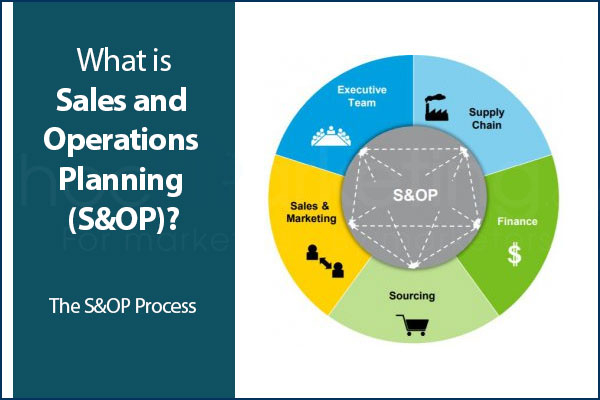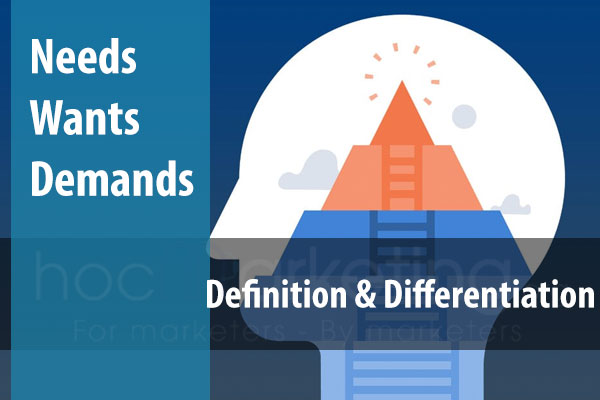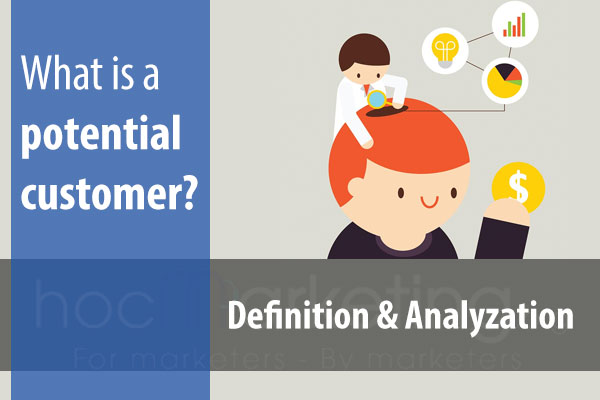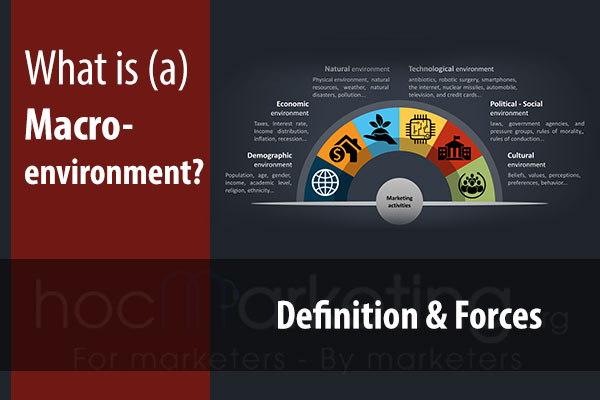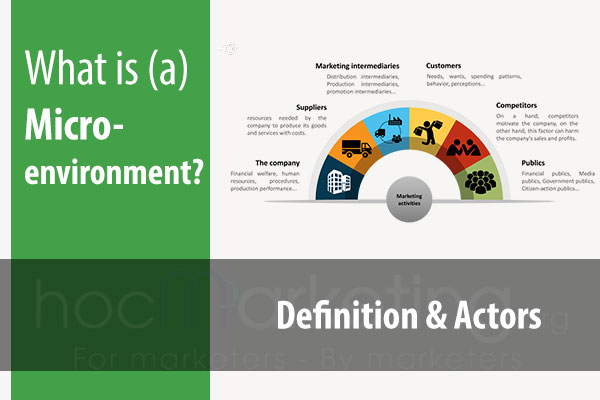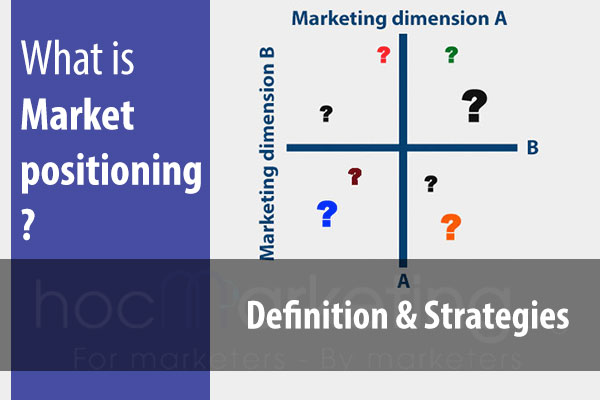
What is Sales and Operations Planning (S&OP) in Marketing?

Do you understand the importance of Sales and Operations Planning (S&OP) in marketing? It is important for businesses to know where their products are going, who will be buying them, how many they need to produce or buy. If you want to learn about the basics of S&OP in Marketing, then this blog post is for you.
Do you understand the importance of Sales and Operations Planning (S&OP) in marketing? This is a question that most marketers are asking themselves these days, as they are being asked to do more with less. It is important for businesses to know where their products are going, who will be buying them, how many they need to produce or buy. If you want to learn about the basics of Sales and Operations Planning (S&OP) in Marketing, then this blog post is for you.
What is Sales and Operations Planning (S&OP) in Marketing?
Sales and Operations Planning (S&OP) in Marketing is the integration of forecasting, demand planning, inventory planning and supply planning. These four areas are brought together in a strategic process that provides valuable input for business decisions. Sales & Operations Planning integrates information from across many functional groups to support decision-making at all levels of an organization.
Short history of Sales and Operations Planning (S&OP)
Sales and Operations Planning (S&OP) is a long-standing process that has been in use for many decades. The first mention of Sales and Operations Planning was in the 1960's by an IBM executive named Leon Alpert as he sought to apply computer technology to the field of operations management and inventory control.
In the 1990's, Alexander Group, a management consulting firm, integrated the concepts of Lean Manufacturing into the Sales and Operations Planning process. They recognized that Sales & Operations Planning was not just about forecasting, but actually an organization-wide process that needed to be strengthened if retailers were going to survive in today's marketplace. Today, most corporations have realigned their go-to-market strategies to reflect a more collaborative and demand-driven planning process rooted in Sales & Operations Planning. This is not surprising as it makes sense that if we are going to build the right product, for the right customer, with the right features and components at the right price, then we need to set up processes (Sales and Ops Planning) that help enable the organization to accomplish this.
Benefits from sales and operations planning (S&OP) in Marketing
Utilizing sales and operations planning (S&OP) may brings to businesses those benefits:
S&OP provides a better understanding of the market conditions.
Thanks to Sales and Operations Planning, you have a better understanding of the conditions in your market. You know what other brands are selling and where the opportunities are for your brand. As an example, if you can see that sales are down in a certain region or with a customer type, then you may choose to limit shipments to those customers so they don't have the opportunity to purchase your competitor's brand.
S&OP helps improve decision making.
As a result of better understanding of the market demand and supply, you are able to make more informed decisions. With real time information about the state of your business, you can now put in place actions that will help manage your inventory and reduce costs.
S&OP improves inventory management.
As a result of Sales and Operations Planning, you are able to better manage your inventory. You can make informed decisions about whether or not to build products, how many products to build and when is the right time to pull the trigger on production.
S&OP provides a clear understanding of a product's lifecycle.
Sales and Operations Planning (S&OP) helps you have a clear understanding of your product's lifecycle. You can see what stage in the product life cycle your products are in and therefore predict when inventory needs to be increased or reduced as well as plan for new product launches.
S&OP allows for better communication and cooperation across the organization.
With Sales & Operations Planning (S&OP), you have better communication across the organization. Everyone is on the same page and working together for a common goal. There is no more confusion about what actions to take in order to meet specific business objectives. What's more, your Sales and Operations Planning team will be able to spot problems early on (i.e., before they become issues) and take corrective actions to avoid market gaps.
The S&OP Process
The S&OP process includes these steps:
Step 1. Demand & Supply forecasting
In the first step of the process, demand & supply in the near future should be forecasted based on sales history, internal and external factors. The forecast time should be 3 - 6 months in order to provide insights of market trends.
Step 2. Production planning
Production planning is the second step. Based on forecasting, production schedule should be set up for future sales and inventory levels. In the plan, the company should consider its production capacity in order to see it can meet the demand and there is some updrages needed in case the demand is uptrend. On the contrary, the S&OP process can also consider inventory reduction in order to reduce cost in case the demand is downtrend.
Step 3. Financial planning
The financial planning is the last step of S&OP process. Based on production plan, business needs to set up a marketing plan and budget for future months (12 - 18months ahead) so they are able to asses the return on investment in order to provide insights for future financing needs.
Step 4. Pre-S&OP meeting
In the pre-S&OP meeting, representatives of sales, marketing, finance and other functions are invited to discuss the current business status. Chatting about market conditions together will help everyone make more informed and better decisions for the future.
Step 5. Executive S&OP meeting
At this step, the final decisions are made. Feedback from other functions are taken into consideration and plans for short term (1 - 2 months), middle term (3 - 6 months) and long term (12 -18 months) will be set up to help achieve business goals.
Step 6. Implementation
After the meeting, the company will implement the plans and make adjustments for future issues. Then, it will conduct a review with all functions involved to make sure everyone is on board after the plan has been put in place.
Conclusion
S&OP is a process that can help marketers make better decisions, reduce costs and plan for the future. With real-time information about your company's inventory levels, production schedule and other factors at hand, you'll be able to enact changes in order to meet business goals while avoiding market gaps.
